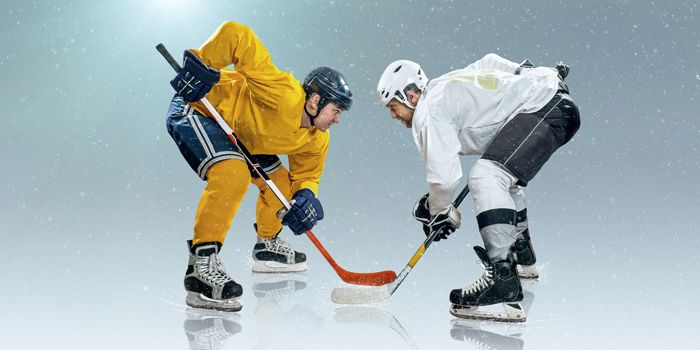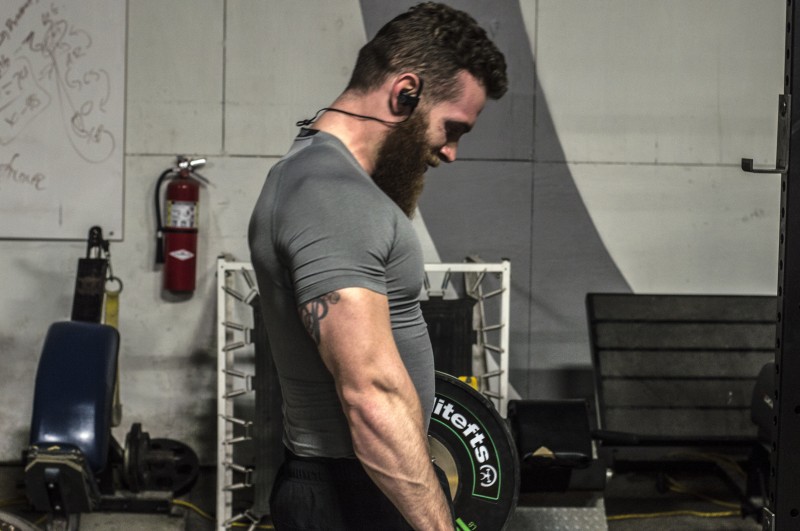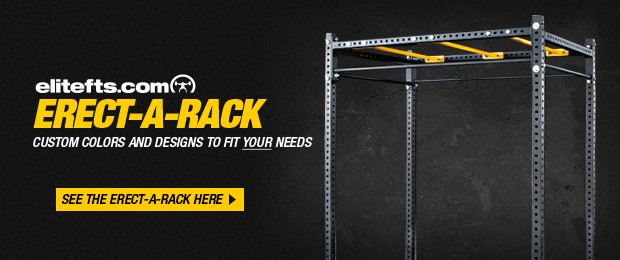
I am currently a coach and a graduate student. Although my background is in exercise science, I opted to spend a year’s worth of my master's in Michigan Technological University’s “Rhetoric Theory and Culture” program. Being involved and immersed in this discipline for a year has helped me grow more as a coach. Through getting to know the other graduate students and faculty in my multi-disciplinary department I am able to step outside of my sport and the world of strength and conditioning. I am able to speak with other academics who check their egos at the door as they are constantly being challenged to see things from other disciplines’ perspectives. This facilitates great conversations that provoke fresh views and approaches.
Something we speak about often in rhetorical studies is the number of different types of knowledge. They all have their own value in producing thought and reason, the big three being episteme (scientific knowledge), techne (craft/art), and phronesis (practical knowledge). Being a rhetorically influenced coach, I don’t think of the “science of coaching” (episteme) and the “art of coaching” (techne) as separate; rather, I try to synthesize episteme and techne as two sides of the same coaching coin. Depending on the athlete and the lesson, you should be comfortable using either; explaining things explicitly and scientifically, or relying on your craft to foster tacit knowledge and analogies to promote understanding.
RELATED: 10 Tips to Make It as a Strength Coach
Both of these methods have their place in coaching, along with the understanding that the amount of each you use depends on the individual athlete's style and training age. The methods will also change within the context of the season, your micro/meso/macro goals, and other factors.
Coaches like to think of themselves as researchers and their athletes as n=1. Instead, we should strive to see ourselves as craftsmen, and athletes as collaborators, working together to create something.
I constantly see coaches get excited to try out the newest study and newest monitoring tool on the market, or hear things like, “if only we had the latest tech and world-class facilities.” My response to that is to quote Dan Pfaff, who said, “People use facilities as an excuse when in reality it is a failure of creativity.” (@ALTIS)
Using both explicit and tacit teaching methods means that after dealing with many different athletes over a period of time, a coach can end up at a place of phronesis, or practical knowledge and wisdom. Phronesis helps us to quickly accurately assess an athlete’s style of understanding and manipulate the coaching style to fit. Knowing what to say is important, but knowing how and when to say it is an invaluable skill. According to Aristotle, rhetoric is being able to see the available means of persuasion. A good coach is rhetorically sound, able to see the available means to influence an athlete to greater athletic capacity. This requires a sense of creativity from coaches, not just following proven peer-reviewed research.
In the conclusion from a study published in 2013 done over a number of years at Oklahoma State University, the researchers state,
“While maximal voluntary strength output and upper-body muscle endurance can be significantly increased over years of appropriate training, the variables constituting maximum power output and speed do not exhibit similar changes in four years of high-level training” (Jacobson, et. al). If we spend four seasons doing the same “proven methods” over and over and nobody makes progress, can we blame it on the athletes, or throw up our hands and say these qualities can’t be trained?"
This study seems to reinforce the common thought of, “Our training is fine — it’s the athlete not eating/sleeping/being focused” or any number of other excuses. Once it gets to this point, a bad coach will write the athlete off, but a good coach will look within and see how they can change to create success. Introspection is one of the most important and overlooked traits you can have as a coach (and as a person). If the athletes do not get better is it their fault or yours?
The problem with being creative and crafting a holistic approach to working out is that it takes time and effort. It is significantly easier to get lost in HRV numbers, DC potentials, lactate levels, and bar velocity numbers. These all have value, but none of those measures mean anything without context. The problem with those numbers is just that: they are just numbers spit out by something programmed to tell us what we want it to. It is up to us as coaches to interpret and apply those numbers to training, not the other way around.
When was the last time you sat down and really spoke with an athlete, listened to how their day went, and fostered a meaningful connection with them? When was the last time you let them have some form of autonomy over their training? If you do this once a week I guarantee you will see immediate benefits to training, both in the athlete’s focus and quality of training sessions. Sometimes the most important investment you can make is one of time, communication, and creativity — not money spent on facilities or technology.
I will end with this: Research, experience, and knowledge are undeniably helpful, but they mean nothing if you cannot introspect, examine, and interpret. Don’t be afraid to step outside of your comfort zone. Don’t be afraid to get creative. Don’t be afraid to be taught a lesson, and don’t be afraid to say “I don’t know.” Athletes can teach us as much as we can teach them.
Post Script: After an interaction on Twitter with Dr. J. Bryan Mann I felt compelled to add this: Building a strong foundation of knowledge of human biology and kinesiology is arguably the most important step we can take toward becoming a coach. However, once we have this foundation we must not get lost in scientific research. Build a strong foundation through what we know scientifically, but remember that as coaches we have the advantage of observing every day. Don’t just let the latest study (or lack of study) convince us some method doesn’t work when you have seen with your own eyes that it does work. Or, as Henk Kraaijenhof puts it:
"Evidence-based practice, while it started off with good intentions, is in crisis. It is an illusion to think that all of our decisions and actions can be based on rational evidence only, especially in medicine, where anything that was not based on randomized, double-blind, placebo-controlled trials would be viewed with suspicion.
Smith and Pell in their article gave a good example of the fact that there has never been a thorough research done on the effectiveness of the use of a parachute, while jumping out of a plane, compared to not using a parachute."
References
- https://plato.stanford.edu/entries/episteme-techne/#2
- Longitudinal Morphological and Performance Profiles for American, NCAA Division I Football Players, Jacobson, Bert H., 2013 National Strength and Conditioning Association
- Tweet from @ALTIS; 11:01AM, EST 21 July, 2016
- http://bartholomewstrength.com/evidence-based-coaching/
- http://helpingthebesttogetbetter.com/?p=858
- https://plato.stanford.edu/entries/aristotle-rhetoric/











1 Comment